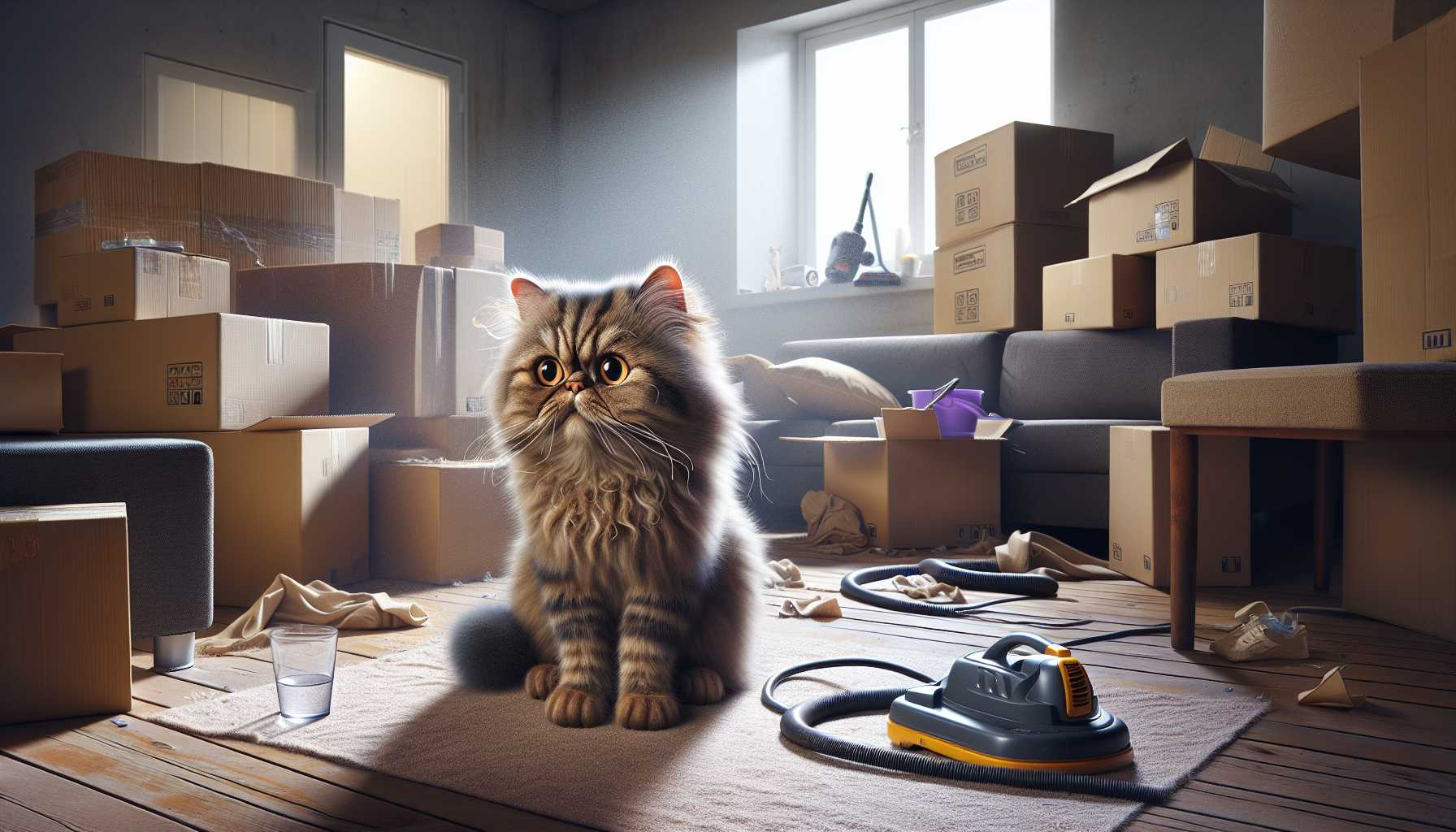Does your fluffy feline friend seem a bit out of sorts recently? Cats, just like us humans, can experience anxiety brought on by aspects of their environment. Let’s delve into what might be causing stress for your cherished pet.
Unplanned Changes Within the Home
Do you recall the last time you felt agitated after rearranging your furniture? Well, cats share that discomfort with you! They are creatures of routine and habit. Even slight alterations can stir up anxiety, including:
– Introducing new pieces of furniture
– Relocating to a new home
– Rearranging rooms
– Undertaking home renovations
Sudden and Loud Noises
Our cat companions possess exceptionally sensitive hearing. The following sounds could potentially spike your cat’s stress levels:
– Ongoing construction work
– Thunderous weather
– The noise of vacuum cleaners
– Blaring music
– The loud cries of children
Introduction of New Family Members or Visitors
Has there been a recent addition to your family? Your cat might require time to adapt to:
– New pets
– Newborn babies
– Occasional house guests
– Frequent visitors
– Household service personnel
Potential Threats from the Outdoors
Even if your cat primarily remains indoors, they are not completely shielded from external stressors. They could become anxious due to:
– The presence of stray cats in the garden
– Birds sighted from windows
– Strange animals in their proximity
– Sounds from the neighborhood
– Changes in weather
Inadequate Resources
Cats require their own dedicated spaces and resources. Their anxiety levels could escalate if they lack:
– Sufficient litter boxes
– Multiple feeding points
– Secure and peaceful rest areas
– Scratching posts
– Hidden retreat spots
Ways to Alleviate Your Cat’s Anxiety
Establishing a cat-friendly ambience does not necessitate much complexity! Try implementing these easy solutions:
1. Maintain a predictable daily routine
2. Provide secure hiding places
3. Use products that release calming pheromones
4. Designate vertical spaces
5. Ensure their surroundings remain consistent
When to Seek Help from a Professional
There are times when, despite our best efforts, our cats continue to struggle. It may be prudent to consult with your vet if your cat:
– Ceases eating
– Exhibits aggressive behavior
– Experiences problems with the litter box
– Grooms excessively
– Appears to be consistently stressed
Always bear in mind that each cat is unique. What instigates anxiety in one cat may not affect another. The key is to maintain vigilance to your cat’s behavior.

